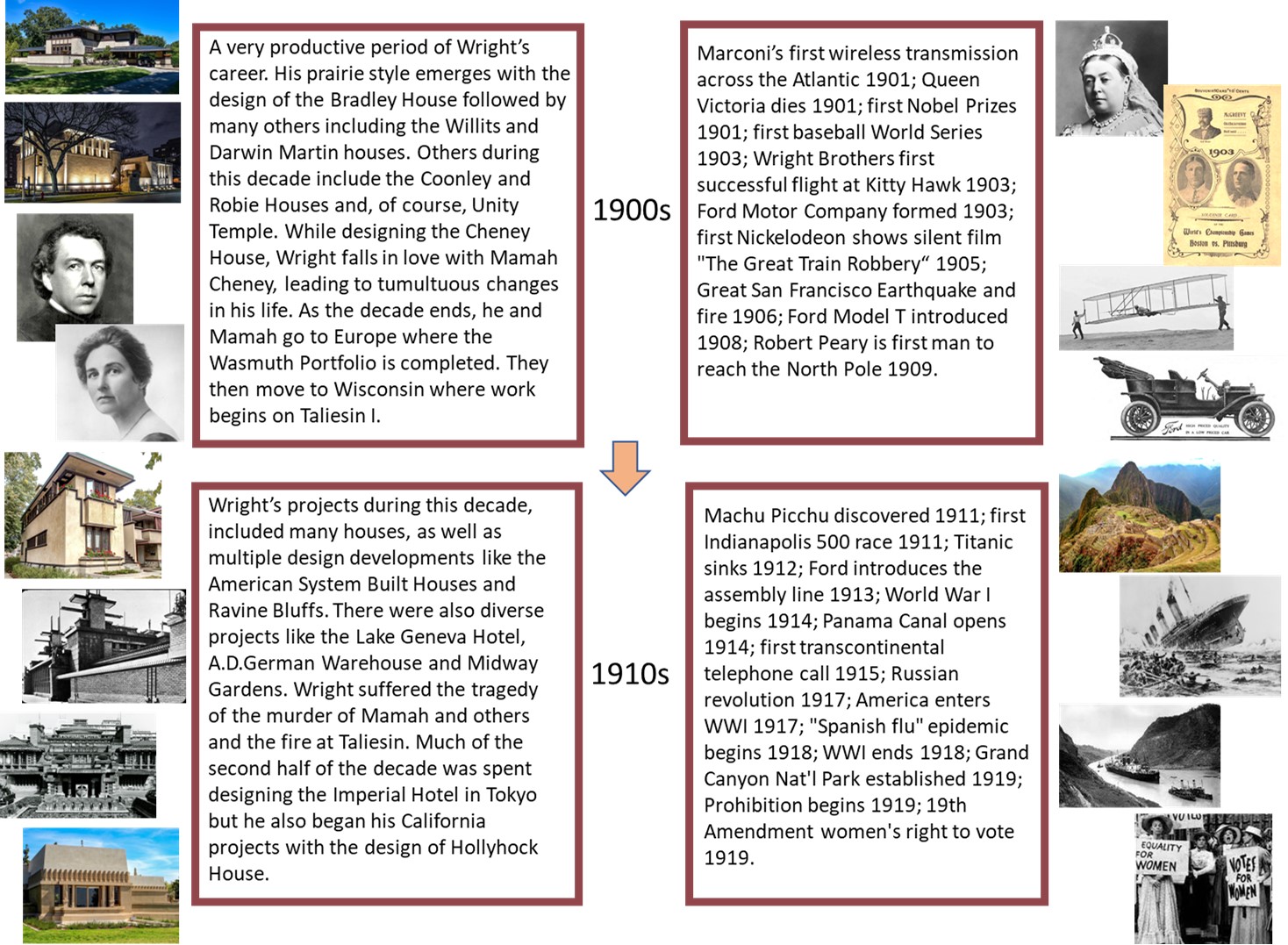[This article is originally posted on the Gather & Go Travel blog and reproduced with permission.]
EXPLORING UNITY TEMPLE: A UNESCO WORLD HERITAGE SITE
Unity Temple, just eight miles west of downtown Chicago in the village of Oak Park and easily accessible via public transportation and with easy parking, is one of eight buildings that make up the collection of 20th Century Architecture of Frank Lloyd Wright. Which together—represent one of only 24 UNESCO World Heritage sites in the US.
 Equal part church for the Unity Temple Unitarian Universalist Congregation and equal part a community hub for arts, music, and education events, the temple makes for an excellent day trip from Chicago for visitors and a valued local institution for residents.
Equal part church for the Unity Temple Unitarian Universalist Congregation and equal part a community hub for arts, music, and education events, the temple makes for an excellent day trip from Chicago for visitors and a valued local institution for residents.
The Unitarian Congregation that had the foresight to commission this modern structure in 1905 has had roots in the Oak Park, Illinois community since the mid-late 19th century. When the original church burned down that same summer, Wright, whose mother, Anna, had brought the family to the congregation as members, was awarded the commission for its replacement.
Wright’s design for the temple and ultimate construction broke the mold of traditional western church buildings of the time. And it is easy to underestimate by the standards of today what this departure meant, which is why a tour for the architecturally curious and the history-loving guest makes sense even for the casual visitor.
Touring the temple, which underwent an extensive two-year aesthetic and environmental restoration begun in 2015 and completed in 2017, provides a unique insight into Frank Lloyd Wright’s impactful architectural career and the time and community that encouraged this unlikely and exceptional structure to come to be.

It is the perfect one-hour activity to do in conjunction with visiting other Oak Park area architectural sites of interest, including a Frank Lloyd Wright Home and Studio tour, a walking tour— or visiting famed hometown author Ernest Hemingway’s Birthplace and Museum.
To gather details for this article, I met up with the Executive Director of the Unity Temple Restoration Foundation, the remarkable Heidi Ruehle, a friend from my former job with our local Chamber of Commerce (Heidi was on the board of directors). Heidi graciously offered to walk me through a tour experience, answering questions and pointing out highlights.

Some highlights include learning:
- The sanctuary has a deliberate theatre-in-the-round construction to encourage congregants to see each other, not just the pulpit. Which also means there is not a bad seat in the house.
- Frank Lloyd Wright had to create a model for his design before the congregation could commit to commissioning it, as the design deviated so strongly from traditional church structures.
- Poured concrete is the material for all exterior and interior elements. This construction innovation—one of the many reasons the temple is so unique—was born out of necessity. Wright’s original design called for brick, but the budget could not accommodate more expensive building materials.
- The intentional design element—known as compression and release—of the small and low hallways that spill out to the wide open and airy sanctuary is meant to evoke an experience of awe.
- The high placement of windows around the top of the sanctuary helped to minimize exterior noise from Lake Street—a busy thoroughfare even 100 years ago.
I particularly enjoyed walking around to view the sanctuary from various vantage points on multiple levels—finding it a moving experience to see how much the design and my perspective of it changed.
By Janice Moskoff, Gather & Go Travel blogger
Watch Janice’s 4-minute YouTube video about her tour.





